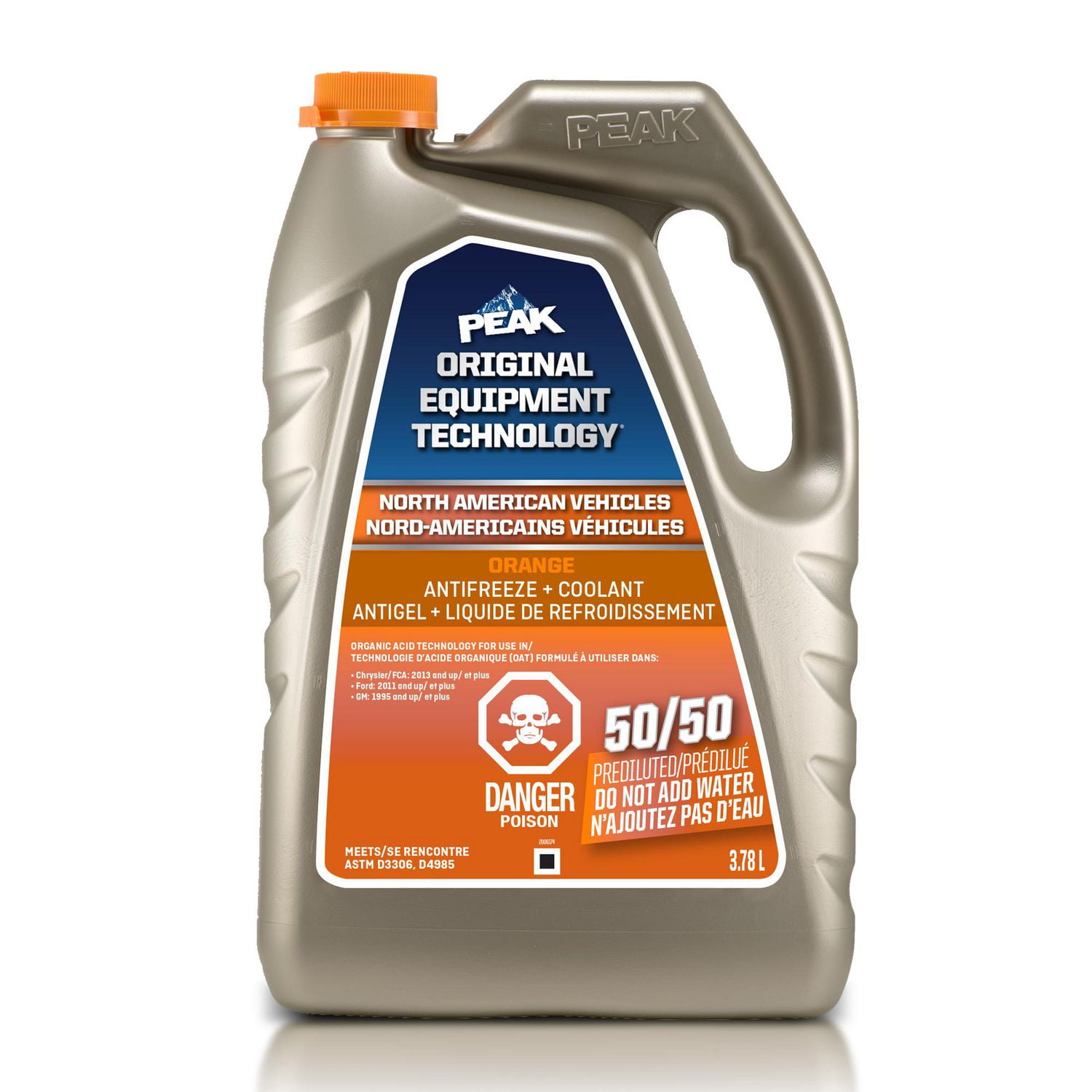
The first, and most important, is that car manufacturers specify the type of coolant for the make and model years they produce, and there are significant differences across car manufacturers. Although one could write a book about the chemical formulations defining coolant types, and some have, there are basics to keep in mind when considering a purchase. The dyes provide a visual cue to help users identify the product as coolant and differentiate between various types (chemistries) of fluids in the market. states require bitterant is added to the coolant as an aversive agent to discourage ingestion by giving it a bitter taste.Ĭoolants also contain dyes that give them their distinct colors. In addition, coolants contain chemicals to reduce its tendency to foam, prevent oxidation, balance pH, and because ethylene glycol is toxic, some U.S. Because of this, coolant contains inhibitors to help protect engine and cooling system components from corrosion. These metals include iron, aluminum, copper, lead and other materials that can corrode when exposed to water and other chemicals in the cooling system. As such, whereas color is a good indicator, the specifications on the label is the arbitrator.Ĭoolant comes in contact with a variety of metals in an engine and its cooling system. Importantly, however, although the color is typically associated with the coolant type, there are no industry standards defining the color for each type. As shown in the PQIA Quick Reference Guide, the type of coolant recommended differs by vehicle manufacturer. In short, color typically denote differences in the chemical composition of coolants and its suitability for use in various vehicle make and model years. The different additive chemistries required to address these and other issues, as well as vehicle manufacturer specifications, brings us to the variations in coolant colors. These issues primarily include corrosion, scale, deposits, and aeration/foaming.

Whereas the water and glycol mixture provide engine cooling, and freeze and boil over protection, the coolant and the environment in which it operates bring with it additional issues that must be addressed. Along with its ability to lower the freeze point of the coolant, at the other end of the temperature spectrum, ethylene and propylene glycol is also valued for its ability to raise its boiling point.īut there is more. state experience temperatures at or below freezing, although it’s an excellent coolant, water is mixed with another fluid to depress its freeze point (typically ethylene or propylene glycol). If it freezes, it can cause serious damage to the cooling system and engine. But, although it excels in heat transfer, it comes with its own set of issues first it freezes at 32☏. The fluid does so by absorbing the heat of combustion and transferring it to the radiator where it can be dissipated to the surrounding air.ĭue to its outstanding ability to both absorb and transfer heat, water is the fluid of choice for cooling engines. But as those familiar with these fluids know, its primary purpose is to prevent an engine from overheating (remove excess heat).


This question comes as no surprise since the word “antifreeze” can easily be interpreted as meaning the purpose of the fluid is to prevent a radiator/engine from freezing.


 0 kommentar(er)
0 kommentar(er)
